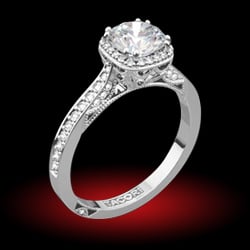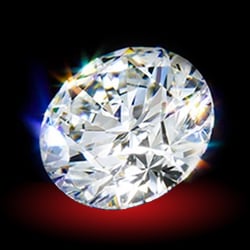- Joined
- Feb 17, 2004
- Messages
- 1,104
With such an august group present it may be time to ask a question that''s been on my mind a while. I am wondering precisely what the difference is between an impurity and an inclusion. The question came up on another forum today and brought the old question to mind.
I know that even internal cracks are often referred to as inclusions, incorrectly, I think. It seems to me the term should refer only to objects like crystals, fingerprints, etc. encased or "included" inside the stone (although I suppose a wholly internal crack could be called an inclusion). But what about impurities? Are chromophores like vanadium, chromium, iron, etc. considered "impurities" in allochromatic gems? Take for instance a "pure" grossular garnet, which would be colorless?
And when does an inclusion become a flaw? It seems to me that the terminology in this area is very imprecise and confusing. What am I missing?
Richard M.
I know that even internal cracks are often referred to as inclusions, incorrectly, I think. It seems to me the term should refer only to objects like crystals, fingerprints, etc. encased or "included" inside the stone (although I suppose a wholly internal crack could be called an inclusion). But what about impurities? Are chromophores like vanadium, chromium, iron, etc. considered "impurities" in allochromatic gems? Take for instance a "pure" grossular garnet, which would be colorless?
And when does an inclusion become a flaw? It seems to me that the terminology in this area is very imprecise and confusing. What am I missing?
Richard M.







300x240.png)